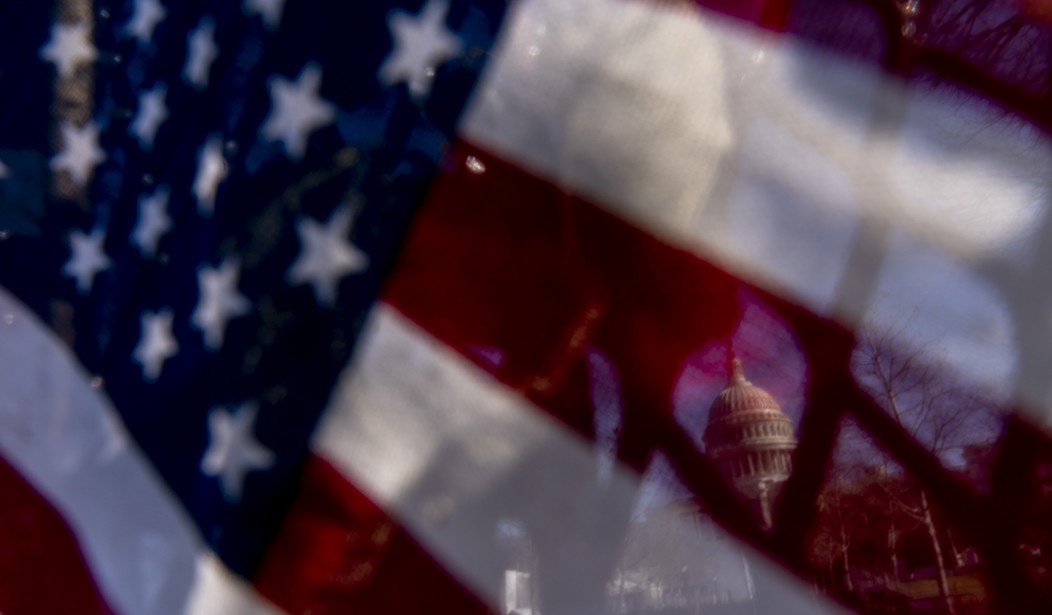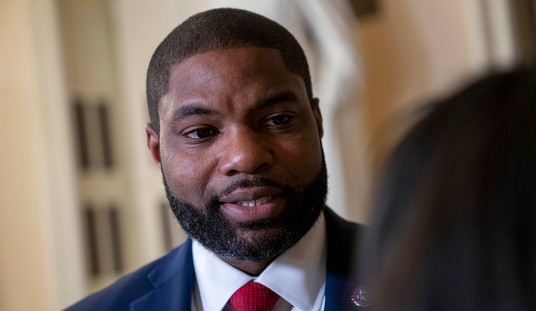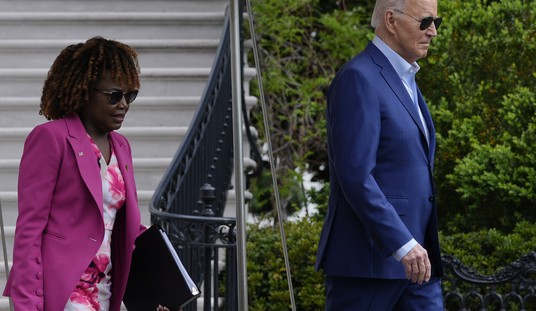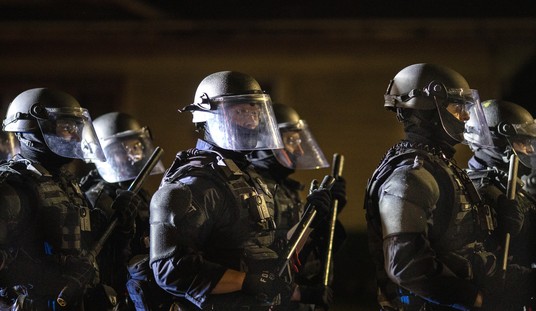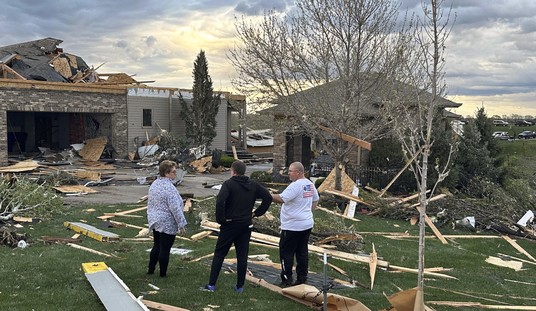What Comes After the U.S.?
Every story has an ending. This is a purely hypothetical examination of something that I don't think will happen soon.
The United States, one day, will come to an end. Everything does. And when that happens, the people of the several states will probably face some choices when the country comes apart.
Now, let me qualify these remarks: I don’t think we are on the verge of any such thing. When and if this happens, I hope it will not be for many, many years, preferably centuries. But all good things do eventually come to a conclusion, and just as a thought exercise, it’s interesting to see what areas in the United States would be able to go it alone if the country does come apart.
Two states come to mind: Alaska and Texas. (Listed in alphabetical order, not just because I live in Alaska.) So let’s look at those two places, their infrastructures, their climates, their cultures, and their economies, to see what those places may look like post-U.S.
Alaska
Population: 736,081 as of the 2020 census.
Land area: 663,268 square miles (1.1 persons per square mile)
Infrastructure
As befits a state that can only be characterized as “vast,” Alaska has minimal infrastructure; there are only a few cross-country highways with a small network of dirt/gravel roads extending a few miles from each of them. Alaska also has the advantage of having a land border only with the sparsely populated Yukon Territory of Canada.
There is a good deep-water port at Anchorage and, of course, the Ted Stevens International Airport, also in Anchorage. There are several lesser ports, and every small community seems to have a civil aviation airstrip. In fact, Alaska could not get along as it currently exists without civil aviation; there are too many remote communities that can receive supplies, mail, medicines, and such any other way.
Alaska does, however, have enough access via the Port of Anchorage and the Stevens International Airport to conduct trade sufficient to support its modest population. However, a hostile power could close those ports very easily, leaving Alaska isolated.
Climate
Alaska has a variety of climates – again, the vastness of the land – but the state’s year can best be described as having long, cold winters and short, mild summers. That state has a surprisingly productive growing season, though, as the short growing season is bolstered by long, long hours of daylight in summer.
Given the necessity, Alaska could feed itself, but without shipments of many things from the lower 48 (or other trading partners), Alaskans would find their diets changing quite a bit; fresh fruit would be much less in evidence, root vegetables, fish, and game would be staples.
Culture
Alaska is a place that attracts the “leave me alone” mentality – outside the Anchorage Bowl. Anchorage, Juneau, and, to a lesser extent, Fairbanks are the blue areas in the Great Land. They are balanced by the Matanuska-Susitna Borough, a generally Republican area and one of the states’ few significant population centers outside of Anchorage, containing the cities of Palmer and Wasilla. The remote boroughs of the north and west generally vote Democrat, but the populations in those areas are very low.
Alaska has the third-highest rate of gun ownership at 64.5 percent, after Montana and Wyoming. Gun ownership in Alaska is in large part for hunting and protection from wildlife, but Alaska is also a constitutional carry, “stand your ground” state. Outside of the few cities, many Alaskans maintain rural households, are fiercely independent, and value self-sufficiency.
Economy
Commercial fishing, tourism, and extraction are the primary drivers of Alaska’s economy. Other than the obvious changes to entry requirements (passport, visa, and so on), there is little reason to expect that to change, other than that without federal interference, the new free state could easily open the North Slope up for oil and gas exploration. Depending of course on technology and the extent of resources, this could conceivably transform Alaska into the Saudi Arabia of the north – without the toxic Wahhabism of that region.
But there’s a catch: Alaska has, essentially, zero manufacturing capacity. Everything from automobiles to washing machines to cellular phones is imported. If cut off from external trade, Alaska would be cast back decades, technology-wise, as the older machinery wears out.
Texas
Population: 29,145,505 as of the 2020 census.
Land area: 268,820 square miles (108 persons per square mile)
Infrastructure
Like Alaska, Texas is a big place. Unlike Alaska, Texas has a much higher population and a much tighter road network, along with cargo railways, several good deep-water ports, and international airports. There are many small civil aviation airports as well. Texas also has several major cities, including the Dallas/Ft. Worth area, Houston, and Austin.
There is also the border with Mexico. In recent years security measures along that border have been non-existent, but in the event of a free and independent Texas without the necessity of dealing with the federal government, sterner border measures could quickly be put in place; the border remains, however, long, in many places isolated, and heavily trafficked.
Climate
Texas, like Alaska, has a variety of climates, ranging from hot, humid summers and mild winters in the east to hot, dry summers and mild winters in the west. The growing season is long, and the size of the state allows for a variety of crops and livestock. Also, the state has access to the fisheries of the Gulf of Mexico. With their greater access to overland routes from north, south, and west, meanwhile, the import of foodstuffs is easier than for Alaska.
Culture
Like many states, Texas has the typical rural/urban political split; the cities tend to vote Democrat, the countryside Republican. For the last few election cycles, Texas has been a reliably Republican state. There have been waves of immigration from the West Coast, but this has not changed the political landscape as much as was feared by many folks a few years ago; many of the migrants are conservatives and libertarians fleeing the increasingly leftist state governments of California, Oregon, and Washington.
The cities are Democratic and largely liberal – especially Austin. Much of West Texas is particularly rural/small town, deeply Republican, and like Alaska, fiercely independent.
Texas has the 27th highest rate of gun ownership at 45..7 percent, if you believe the surveys; it’s easy to suspect the rate may be higher.
Economy
At present, manufacturing is only about 7 percent of the Texas economy. The largest sectors are trade, transportation, and utilities at 20 percent, professional and business services at 15.3 percent, and government at 14.6 percent. Oil and gas extraction, once a major part of the Texas economy, now makes up 1/5 percent of the total. But Texas has been an economic bright spot (in relative terms) in the last few sluggish years and has the infrastructure and manpower base to increase manufacturing within a generation – and the ports and transportation for imports and exports.
Considerations
In summary:
Alaska could make a go of being an independent state but would be vulnerable to outside interference due to its low population and lack of manufacturing capacity. Without that, Alaska could maintain an economy based on extraction and tourism but would need some kind of alliance for military protection. The vastness of the land and the high rate of gun ownership would make any actual invasion by a hostile power unpleasant, but all that a foreign enemy would need to do is shut off imports to make life for Alaskans very unpleasant, and given Alaska’s population, it’s unlikely that the new free state could muster much more than local militias for security. There is a significant military presence in Alaska now, but the question would be manpower.
Texas has significant advantages in its industrial base, population, greater port access (sea and air), and population (workforce) size. Texas also has several major cities, which given some reshoring and expansion of domestic manufacturing, can provide a stable workforce for industry. What’s more, Texas’ population would allow for a substantial military force, and depending on the terms and conditions of the breakup, there is already a substantial amount of military equipment and facilities in the state.
Also, Texas, despite its larger population, should be able to sustain itself. Eastern Texas has extensive farmlands, while West Texas is tailor-made for grazing cattle.
Conclusions:
If the necessity arose, either of the U.S.’s two largest states could probably go it alone, barring any foreign interference, but Texas may be able to prosper with an industrial base, while Alaska will depend on outside sources of currency, from tourism, fishing, and extraction. A foreign power could make things much more unpleasant for Alaska than Texas, but there is no foreign state now that could easily conquer either; in both cases, the nature of the population and the vastness of the land weighs against such an attempt.
Now, if one were to open the dialogue of some kind of formal alliance between, say, the Alaskan Free State and the Republic of Texas, that could be interesting indeed.
I suspect that it will be a long time before any of these things might happen. But it’s an interesting thought problem, and while unlikely in the current generations’ lifetimes, I wouldn’t say it’s impossible.

